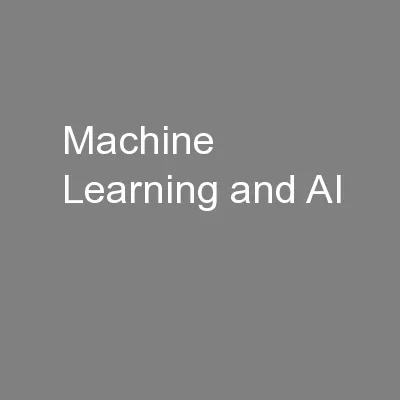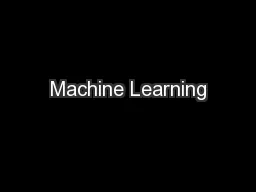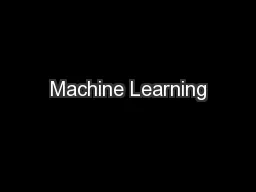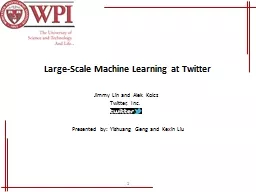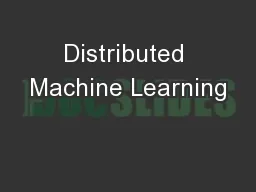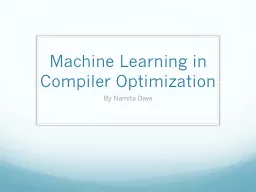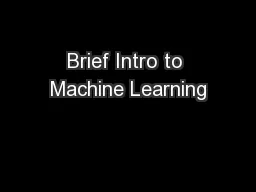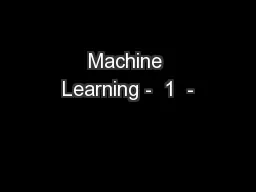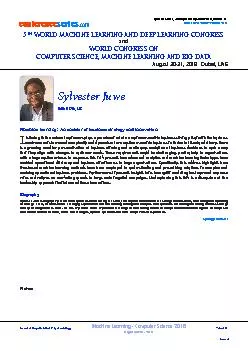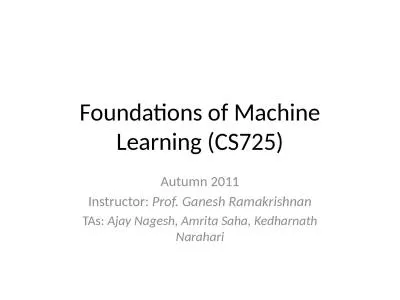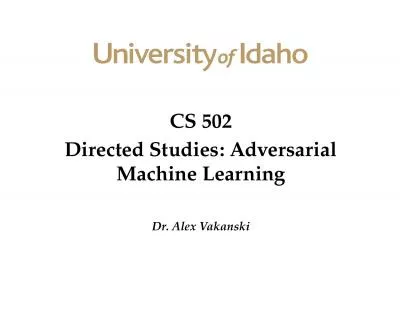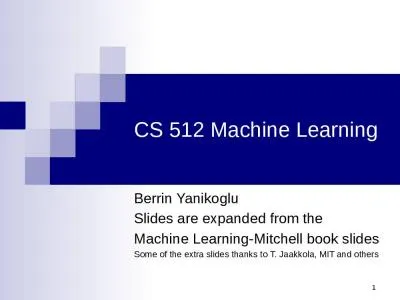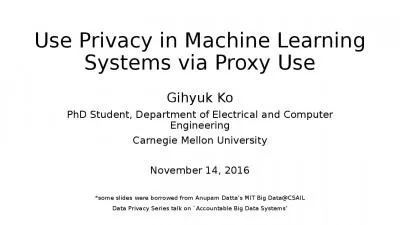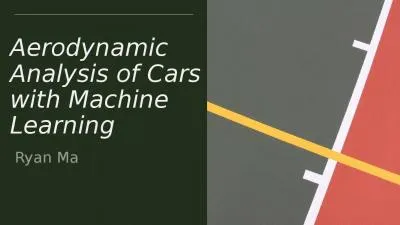PPT-Machine Learning and AI
Author : giovanna-bartolotta | Published Date : 2016-11-22
via Brain simulations Andrew Ng Stanford University Adam Coates Quoc Le Honglak Lee Andrew Saxe Andrew Maas Chris Manning Jiquan Ngiam Richard Socher Will Zou
Presentation Embed Code
Download Presentation
Download Presentation The PPT/PDF document "Machine Learning and AI" is the property of its rightful owner. Permission is granted to download and print the materials on this website for personal, non-commercial use only, and to display it on your personal computer provided you do not modify the materials and that you retain all copyright notices contained in the materials. By downloading content from our website, you accept the terms of this agreement.
Machine Learning and AI: Transcript
Download Rules Of Document
"Machine Learning and AI"The content belongs to its owner. You may download and print it for personal use, without modification, and keep all copyright notices. By downloading, you agree to these terms.
Related Documents

